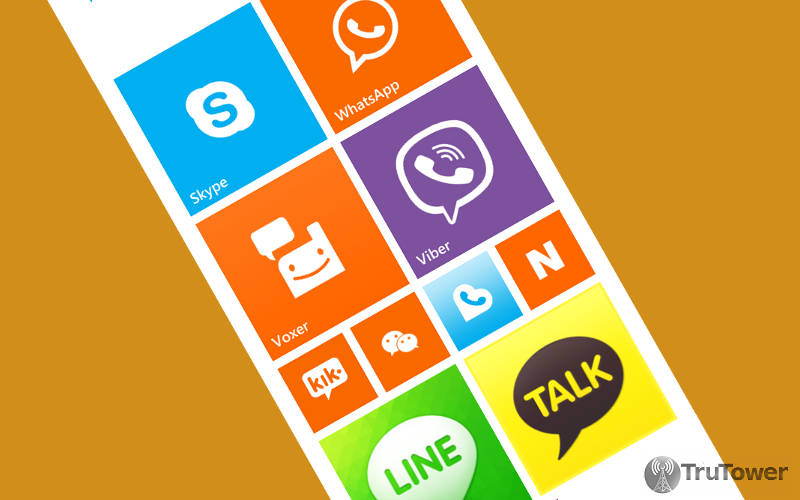They say everything old is new again. Yet, it’s still somewhat surprising that after a decade of social network dominance, text messaging is more popular than ever.
When I speak of texting, I don’t mean old-style – almost historic in tech years – network carrier SMS. I’m talking about the new generation of text apps, like Line, WeChat, or WhatsApp, which says it now has more than 460 million active users.
60% of time spent engaging in online communication is spent on mobile devices
Americans spend over 23 hours per week online texting: emailing, messaging, using social media or communicating online in other ways and about 60% of that action takes place on mobile devices, making chat apps even more popular.
To understand how powerful chat apps are, in 2013, for the first time, apps surpassed regular texting. At that time, research firm Informa predicted that this year chat apps would receive over 50 billion messages each day, more than doubling last year’s figure of 21 billion texts. So it’s no wonder that social media networks like Facebook, Twitter and Google+ are trying to appropriate control of texting through mobile.
Chat Is The New Social Network
For the last five years, marketers and advertisers had their eyes on social media, with Facebook the presumed hub for teens to hangout, engage, share photos and life updates. It makes sense when you consider that over 72% of teenagers are using social networks, with an astonishing 86% of Facebook users spending several hours a day commenting on their friend’s walls. Given that the average teen is sharing content with over 400 friends, it’s reasonable that these marketers all dream of hitting pay-dirt and going viral.
Advertisers have been going crazy over Facebook Ads, Twitter ads, and the possibility of placing ads on Instagram. The audience is there, they say, waiting to be reached, but they acknowledge that lately something has changed: a second wave of adopters has started to displace Facebook users. And according to some studies, it’s the teens that are fleeing, logging out as their parents have been sending them friend requests.
As more parents have been getting into in social media, the kids have bolted in favor of chat apps
As more parents have been getting into in social media, the kids have bolted. You can’t really share with friends while you’re parents are watching, right? You’d want a more private venue. That’s exactly the market that the chat apps have tapped into, offering quick, private engagement without parental supervision. In other words: texting is cool again.
To paint a clear picture: In the past month, 87% of teenagers between 13-17 years of age sent or received text messages. Only 42% of them shared a photo on Instagram.
Monetizing Text
This is why every advertiser wants a piece of the action. The challenge for the industry is figuring out how to actually make money out of texting without ruining the user experience.
Twitter tried to make Direct Messaging more accessible by lifting their ‘must follow me’ rule (which didn’t really work). While Facebook continues to push their messenger app and “ad monetization has ramped up significantly over the course of last year”; they also tried to buy Snapchat to reach that teenage audience.
companies are now trying to monetize apps with stickers, games, and real-world goods
With all of this in mind, companies are now trying to monetize through three main channels: selling stickers; creating games around chat with in-app purchase elements; or promoting the purchase of real-world goods. Each of these approaches is working to a degree, but none has created a seamless experience for their users, one that feels completely comfortable. At the end of the day, users know and feel something is being sold to them. What will be the solution for monetizing texting apps? The winning approach is not to charge users, but rather to prioritize a better, more natural texting experience that can simultaneously help developers monetize their apps.
Texting is undoubtedly going to get bigger; chat functionality will certainly be a significant element of the next generation of niche social networks. And, if the present trend continues, monetizing won’t be about pushing advertisements everywhere, but providing value through context. That’s the future of texting.
The above was a guest post written by Yoav Degani. Degani is a repeat entrepreneur that embarked on his first initiative at the age of 21. Degani has vast experience in team management, business development, and marketing. After joining a family software company in the telecom industry as a VP of Operations, Degani became the CEO of the company at the age of 28. He is the Co-Founder & CEO of Aniways, which aims to transform the way users experience emoticons.

